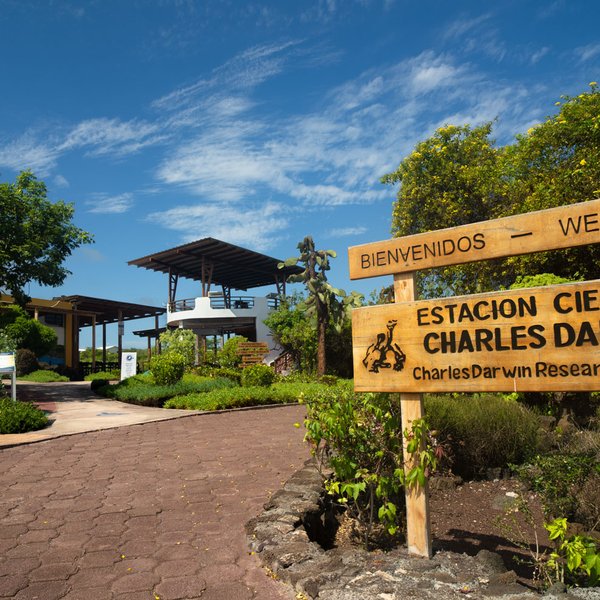Results

Carlos Espinosa/CDF

Carlos Espinosa/CDF

Carlos Espinosa/CDF

Carlos Espinosa/CDF

Carlos Espinosa/CDF

Adopt a Species
You can support our research and conservation projects by adopting one of the Galapagos species.

Juan Manuel Garcia-CDF
Adopt a Galapagos Prickly Pear
The population of the Galapagos pricky pear cactus declined during the 1960s and 1970s due to the impact of invasive species and human activities. By adopting a Galapagos prickly pear cactus you will support the Charles Darwin Foundation’s Galapagos Verde 2050 program, which works to restore the populations and enhance the conservation process of the Galapagos ecosystems by using ecological restoration tools.


Carlos Espinosa/CDF

Carlos Espinosa/CDF

Carlos Espinosa/CDF

Carlos Espinosa/CDF

Juan Manuel García/CDF
65 Years Protecting Galápagos: Innovation, Development, and Science in Service of Conservation
The Charles Darwin Foundation celebrates 65 years of innovation, development, and science in service of conservation


Carlos Espinosa/CDF

Carlos Espinosa/CDF


Carlos Espinosa/CDF

Carlos Espinosa/CDF





